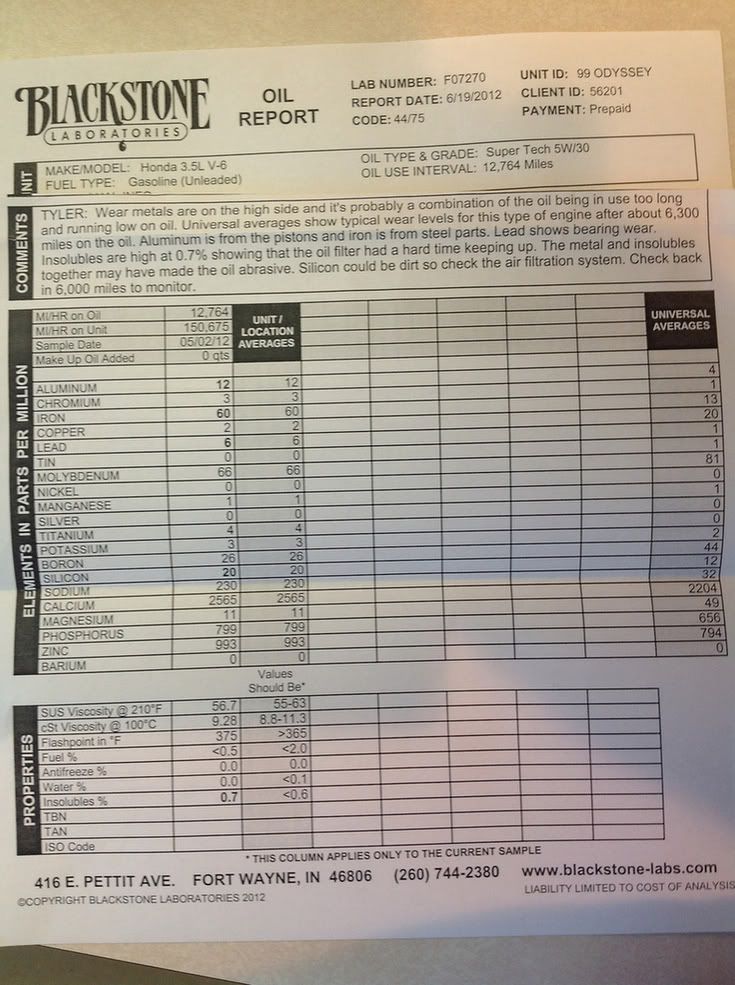That is outstanding considering it's dino oil and run for 2x the "univeral average" and it was essentially at 50% capacity towards the end of the OCI.
In "normal" circumstances, I would expect this fluid to be equal to many other name-brand products. And, before anyone starts to bash ST here, consider how well (or poorly) any competing brand name might have done with this OCI duration at 50% sump capacity ...
In essence, if you were to have added the needed oil along the way, it would have probably reduced the loading on the oil. And, if it were at full capacity at sample time, it's reasonable to estimate the metals at 1/2 their current reading. You would be essentially diluting the sample by 100%, by doubling the presence of oil, changing the ppm ratio.
This is obviously not the "preferred" maintenance plan. But I give creedence to ST here; given the operational conditions, I think it MORE than surpassed any reasonable expectation!
I don't think any of us would make a habit of this maintenance plan, but I also don't think the engine was irreparably harmed. Just keep a better eye on it. If ST can do this well under these conditions, it will more than protect adequately under "normal" use.
********* *********** *************
And here's a little sideline note to ponder:
Is this a desirable UOA? No - I don't think any of us would target this kind of OCI plan. But ...
It kind of puts the whole anal-retentive "Must use synthetic at 5k mile OCI intervals for the engine to last" mind-set in perspective, don't you think? If house brand dino oil can protect this well under these extreme circumstances, just how "necessary" is synthetic for typical use? (I am excluding those people who truly do fully-extended OCIs with synthetic, and poking the nose of those who dabble in synthetics and profess they are "better" somehow for daily use ...). How often do we see UOAs with synthetics where someone did the OCI/UOA cycle at 5k or 6k miles? This UOA proves how capable convenional oils are under extreme stress. And it shows what a waste synthetics are in "normal" use.
We often hear that "synthetic is cheap insurance" as a justification for it's use in normal OCIs. OK - perhaps so, but this is proof that there is a LOT more capability in a dino oil, under clearly undesirable operating conditions, than people would give credit for.
I'm making a distinction here. We all know these are not desirable operating conditions. What I am saying is that for an OCI at 2x the data average, with only 50% capacity near the end, this conventional oil did really well for the task it was put through.
If you never let your equipment to get into this bad of a circumstance (and by definition any anal-retentive BITOGer simply won't), they how much does one really "need" any synthetic?
Would synthetic have done "better" under these same conditions? I'd have to admit I would expect some advantage to show up along the way. But that is not my point; my point is this:
If the dino oil can protect this well under terrible circumstances, but you never let your equipment get into this condition, they why would one ever need synthetics in a normal OCI?
Food for thought.


